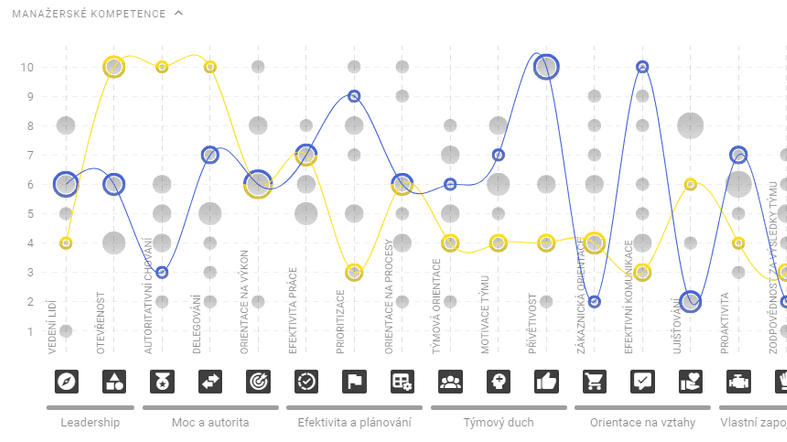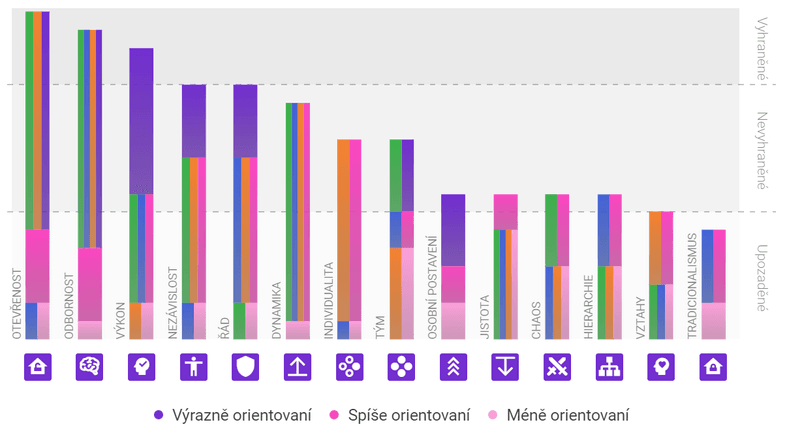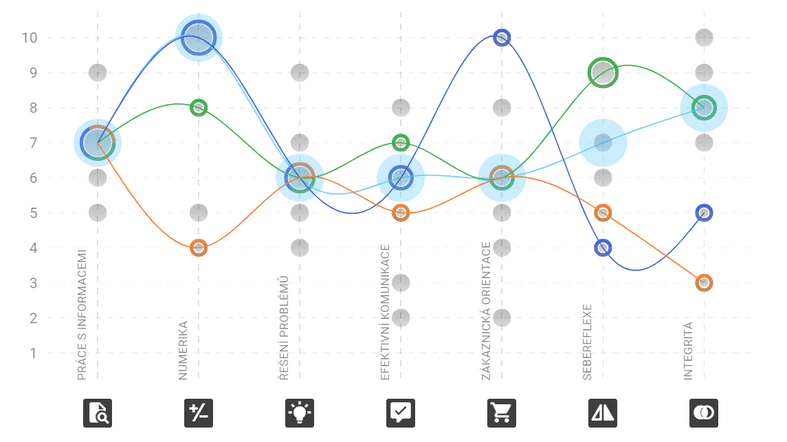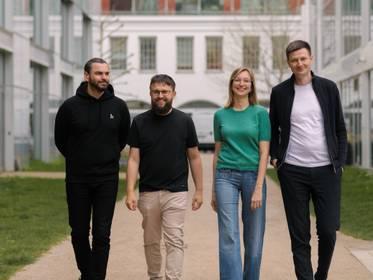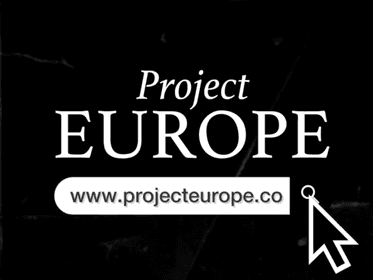How good are today’s HR methods at forecasting the future? You’re better off looking at a crystal ball.

Tomáš Jiroušek
- Miton is investing in Behavera, a startup that wants to use its own tools to change the HR landscape in the same way that Google Analytics has changed marketing.
- Behavera’s analytical tests have been used by tens of thousands of individuals, and the company’s clients include Vodafone, PwC and VŠE.
- This is Miton’s fourth HR Tech investment project, following our involvement in StartupJobs, Grason and Nelisa.
- We have millions of Euro ready to invest in HR Tech.
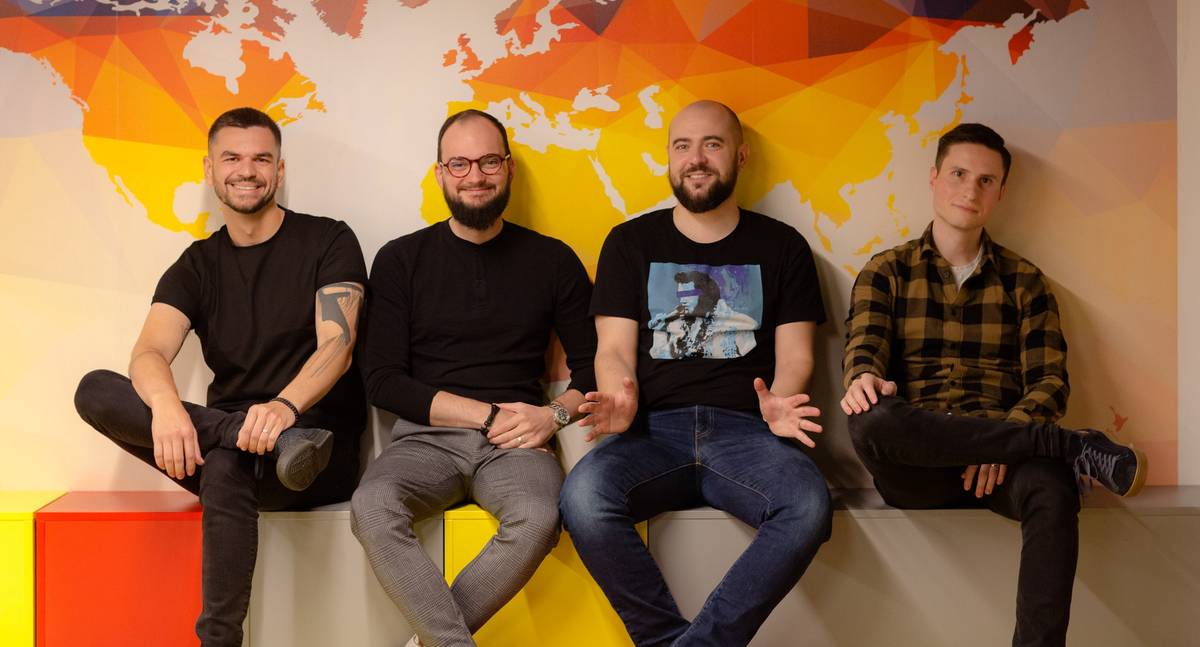
Today’s HR predictive methods are generally less reliable than the simple toss of a coin. When companies attempt to understand the psychological profiles and capabilities of their people in order to better motivate and care for their teams, they have an average success rate of about twenty percent. Behavera is a startup that wants to change this hit-or-miss scenario by developing tools for assessing people’s capabilities and needs.
The issue Behavera wants to solve
There’s little doubt about the huge potential of tech solutions in HR. When asked about the main reason for leaving their employer, more than half of job leavers cite either poor fit with the company culture, less than optimal management practices, or the sense that the company was unable to utilize and further develop their potential. This is not surprising given the fact that 90% of companies don’t have the data required to affect these reasons.
In terms of methods that are currently used, companies rely often on the unstructured interview, which despite its popularity is perhaps one of the worst ways to learn anything about candidates or current employees. If companies want to make the process more effective or automated, they tend to look to personality questionnaires like Hogan or MBTI.
What makes Behavera different
“The main difference between traditional methods and our gamified diagnostics is in our deviation from the use of self-assessment questions. I’ll use a simple example: in a questionnaire you might ask a singer to tell you about their singing range, whether they have a clear voice, or how they manage fast passages. In our diagnostic process, you ask them to sing,” explains Jan Kuba, one of Behavera’s founders.
“Traditional questionnaire-based assessment asks about relevant aspects of your employment history and guides you to evaluate statements, judge their accuracy, or choose between multiple options. This creates room for significant bias, because most of us are either unable or unwilling to assess our work competencies in an accurate and unbiased way. Our methodology is rooted in behaviour psychology and allows us to deliver findings that have significantly higher objective and predictive values,” adds Behavera’s CEO and cofounder Igor Kubíček.
Behavera’s product
Behavera’s goal is to build a tool with which companies can gain reliable data about their employees – potential or existing – and their competencies. The startup project gets HR data through its own behavior assessment instruments that resemble a sophisticated game simulating real-life work situations. Based on the data it generates, Behavera becomes an HR management partner for managers, team leaders and recruiters. Here are some examples of how Behavera can be used in practice:
- Behavera can identify the connection between an employee’s performance, their work potential, and the conditions under which the employee will be able to perform better and to reach greater job satisfaction. Behavera can then direct the employee’s manager on how to lead the employee in order to reach the desired performance and satisfaction outcomes.
- Behavera can determine which type of management style people prefer or what nonfinancial reward is most important to them. A manager can use this information to better support and lead their team.
- Working with Behavera’s data, a recruiter can select those candidates that will best fit the existing work culture and systems of a given company. The startup’s tool also helps recruiters to predict the candidates’ long-term needs more precisely and thus reduce the risk that they will leave the company dissatisfied.
How this fits with us
At Miton we see great potential in the application of behaviour data analysis and predictive modelling to the field of HR. With its unique data-driven approach, Behavera is helping to enhance employee effectiveness and satisfaction, areas to which we give the greatest focus in our work in HR Tech. We have set aside millions of Euros for investments in this area over the coming years.
The team
Behavera is the brainchild of three experienced founders. The role of the CEO is filled by Igor Kubíček, who has been active for over a decade in the design and implementation of digital products and services in the fields of education and human resource development. Behavera’s Chief of Science is the psychologist Jan Kuba, who has been focussing for a long time on psychometrics, i.e. the application of statistical analysis to the creation of psychodiagnostic methods. And Behavera’s CTO Dušan Švancara spent two years in Berlin-based 9Cookies during that company’s acquisition by Delivery Hero.
Customers
Behavera’s assessment tools have already been used by tens of thousands of individuals. The startup’s client list includes companies like Vodafone, Novartis, PwC and VŠE.
Comparison between two specific profiles on a group competency map. The blue profile shows higher maximums but also higher potential reserves.
A barchart looking at motivation and work culture that shows the composition of a team’s workplace-culture needs with the team’s preferences towards openness (acceptance of new ideas, higher tolerance of variability, and looking for good practice beyond traditional approaches), expertise (preference for and valuation of informal authority based on professional expertise) and performance (tendency to be motivated primarily by reaching good results).
This chart compares the working style of various employees and shows which aspects of workplace behaviour they find most important.
Share
Of further interest
Aim is building an AI agent for business briefing. It combats FOMO and information overload.
(press release) Imagine an AI agent whose task is to deliver exactly the information you need for your business. Only the most relevant bits, no matter how deep they’re buried in the internet, which language they’re in, or what format they take. This is precisely the kind of "personal business briefing" service the startup Aim aims to offer. Behind the project are Michal Najman and Miton.
Grason has a new CEO and is now 100% owned by Miton
The startup Grason, founded in 2018 by Karel Mařík and Jarmila Kowolowska as a platform for flexible staffing in the restaurant industry, is entering a new phase. Its new owner is Miton, which has been an investor in Grason since 2019, and its new CEO is Anna Pánková. Her task is to lead Grason in a new direction so that it serves restaurateurs as a comprehensive tool for managing personnel in their businesses.
Project Europe
Is it possible to build great projects from Europe? Absolutely. What does it take to make that happen? The newly launched Project Europe is a bold attempt that we’re proud to support. It offers €200,000 to aspiring founders under the age of 25—as long as they start their company in Europe.
